Dating back to the 1st century BC, this is the most impressive cave temple in Asia. It has five caves under a vast overhanging rock, carved with a drip line to keep the interiors dry. In 1938 the architecture was embellished with arched colonnades and gabled entrances. Inside the caves, the ceilings are painted with intricate patterns of religious images following the contours of the rock. There are images of the Lord Buddha and bodhisattvas, as well as various gods and goddesses.
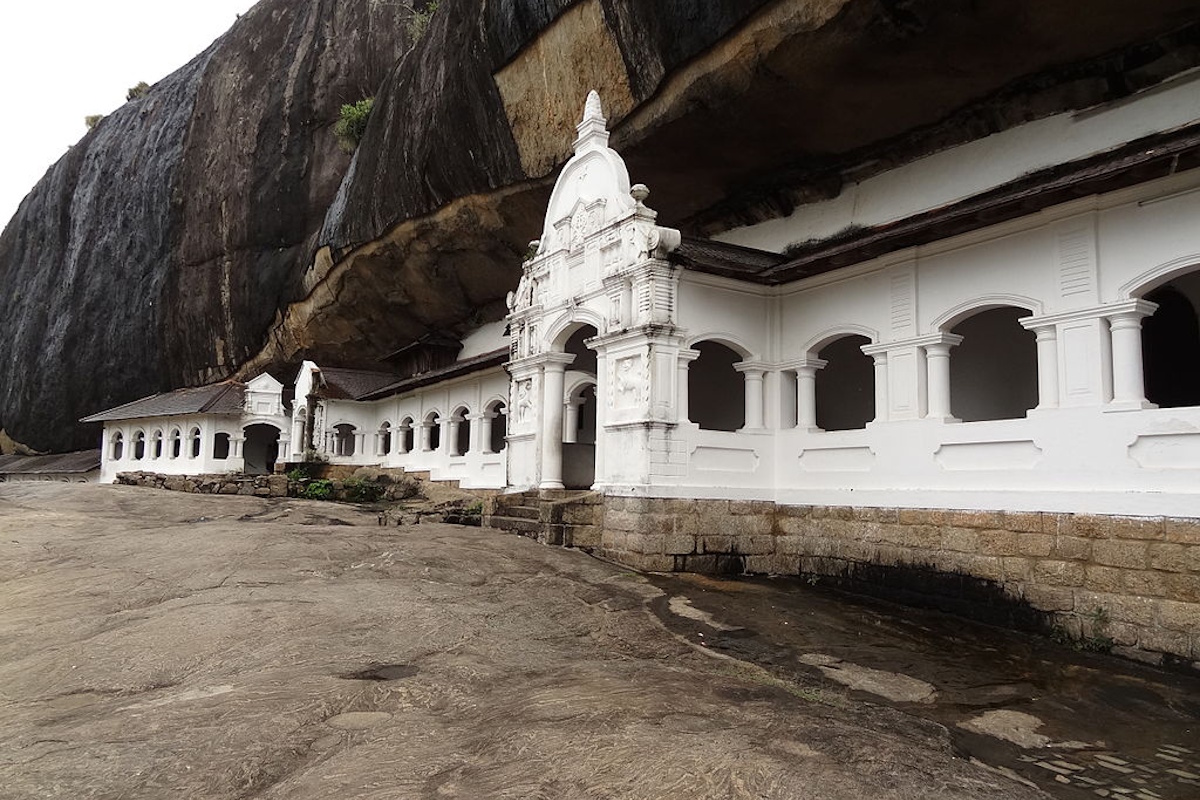
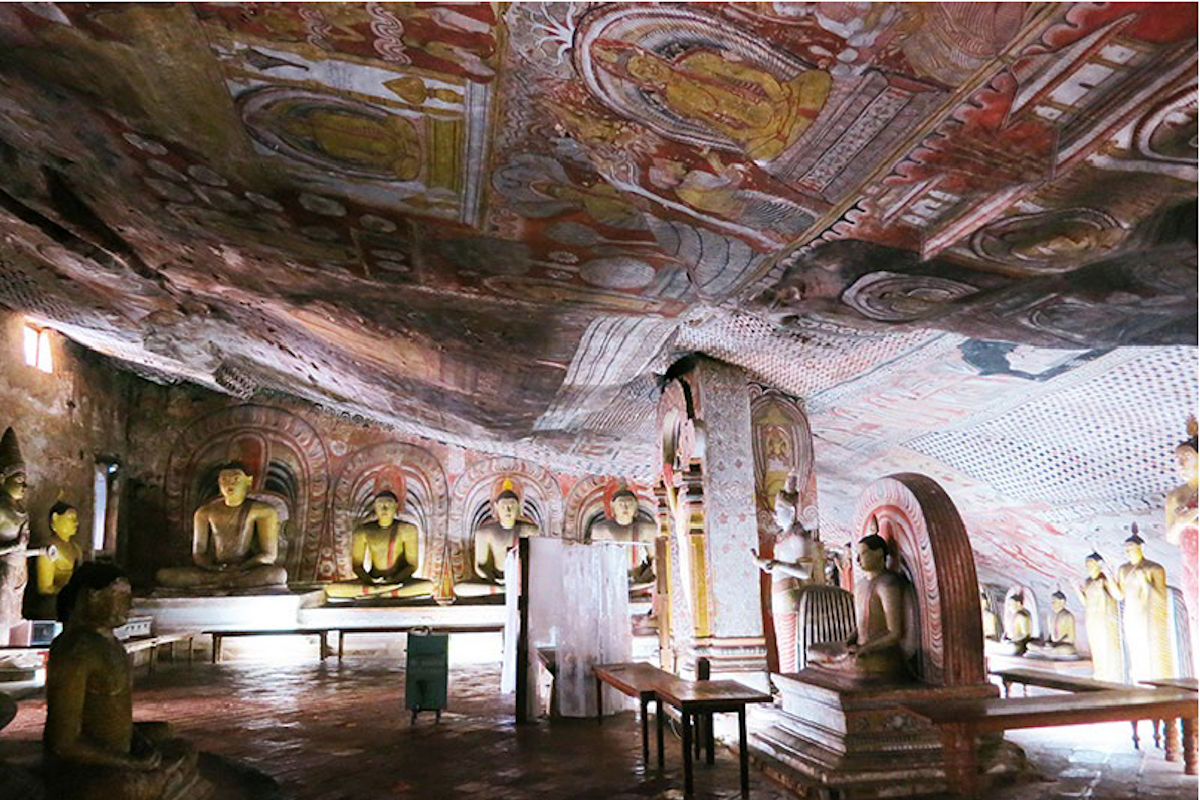
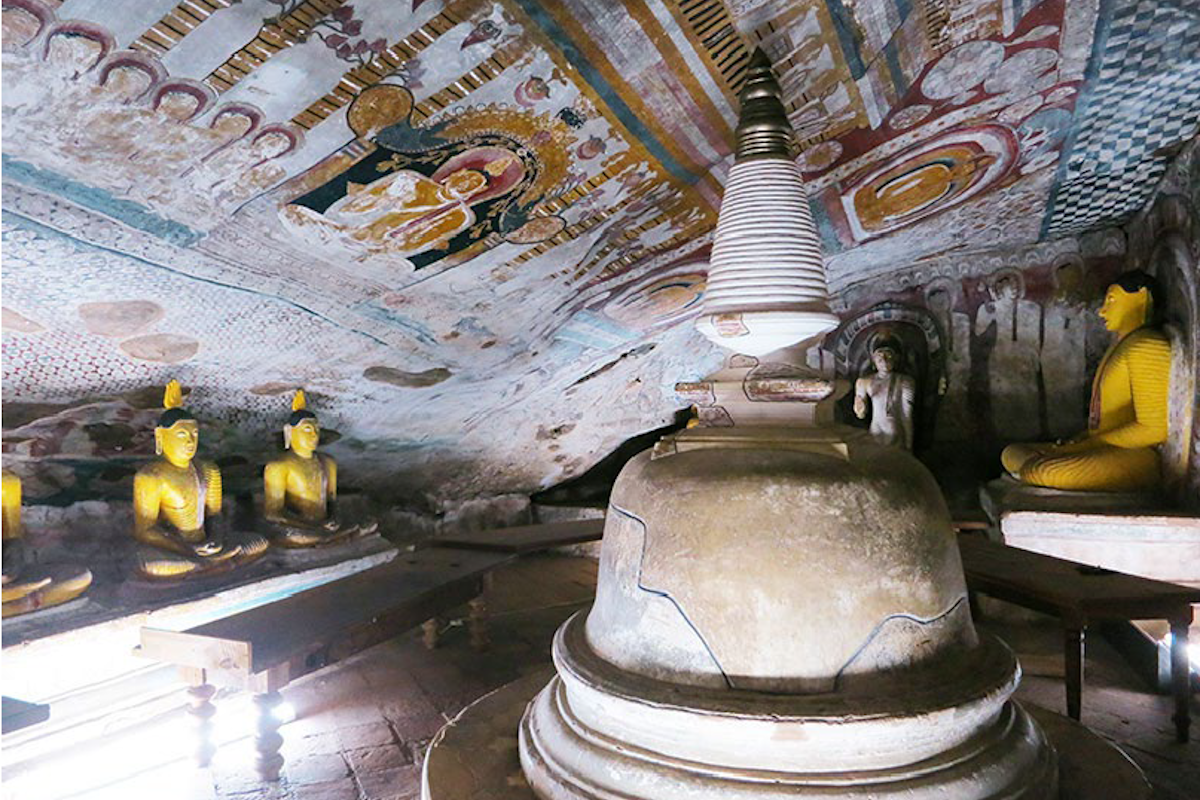
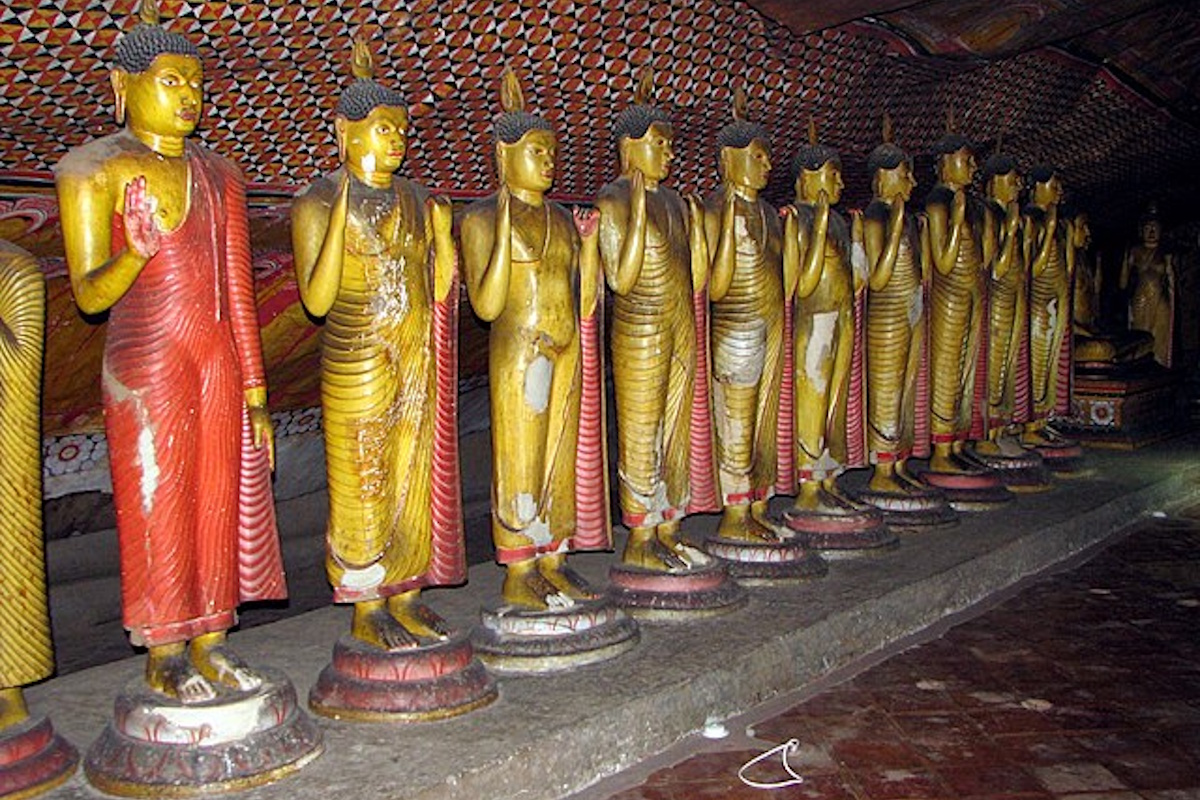
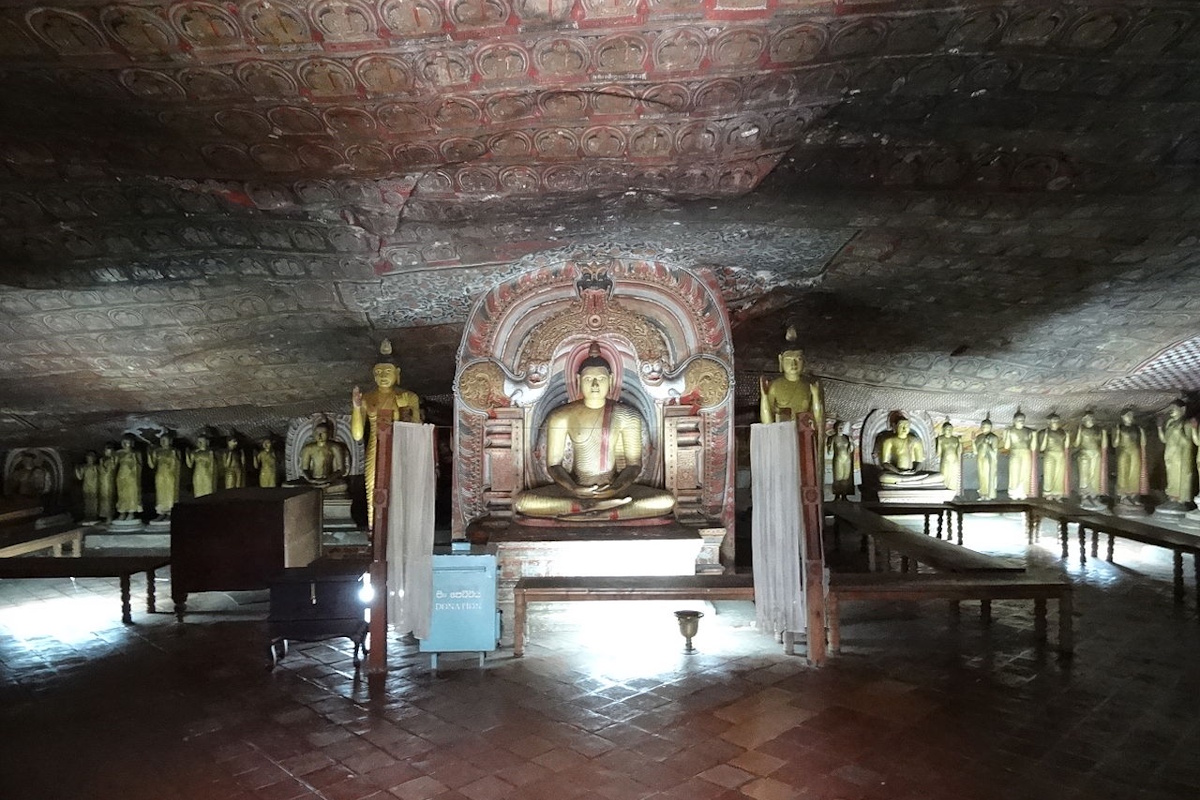

The Dambulla Cave Temples, also known as the Golden Temple of Dambulla, form the largest and best-preserved cave temple complex in Sri Lanka. This sacred pilgrimage site has been a place of worship and meditation for over two millennia, showcasing an extraordinary fusion of natural rock architecture and Buddhist art.
Ancient Origins:
The site’s religious significance dates back to the 1st century BCE, when King Valagamba (Vattagamani Abhaya) sought refuge in these caves after being exiled from Anuradhapura. After regaining his throne, he transformed the caves into a magnificent temple as an expression of gratitude.
Continuous Development:
Over the centuries, successive kings, particularly during the Kandy period, added to the temple’s grandeur by expanding the cave interiors, commissioning intricate paintings, and donating Buddha statues. The caves also reflect South Indian influences during brief periods of Chola occupation.
Religious Significance:
The Dambulla Caves have remained active centers of Buddhist devotion. Monks have continuously inhabited the site, and it has served as a sanctuary of peace, art, and spiritual enlightenment for over 2,000 years.
Today, the Dambulla Cave Temples are a UNESCO World Heritage Site and one of the most visited spiritual landmarks in Sri Lanka. They represent not only a religious shrine but also a national treasure of art and heritage.
Tourism & Accessibility:
Located near the town of Dambulla, the site is easily accessible and forms part of Sri Lanka’s famed Cultural Triangle. Pilgrims and tourists alike climb the gentle hill to reach the caves, passing serene views and playful macaques along the way.
Conservation & Management:
The temples are under the protection of the Department of Archaeology and are maintained in pristine condition. Footwear is not allowed, and respectful dress is required to preserve the sanctity of the site.
Golden Temple:
At the base of the rock sits a modern addition—the Golden Temple, featuring a massive golden Buddha statue and a museum showcasing the evolution of Buddhist art.
The cave temples are located within a vast granite outcrop rising 160 meters above the surrounding plains in the dry zone of Central Sri Lanka.
Geography:
The rock shelters five sanctified caves, each with carved interiors, elaborate murals, and more than 150 statues. From the cave entrance, panoramic views of the surrounding countryside stretch for miles.
Climate:
Dambulla enjoys a tropical dry climate. Days are warm and dry for most of the year, with temperatures ranging from 26°C to 34°C. The best time to visit is during the dry months between May and September, with rain more likely from October to January.
Cave 1: Devaraja Lena (Cave of the Divine King)
The smallest cave, featuring a 14-meter-long reclining Buddha hewn from solid rock. A standing statue of Vishnu pays tribute to the influence of Hindu-Buddhist syncretism.
Cave 2: Maharaja Lena (Cave of the Great Kings)
The largest and most ornate of the caves, containing over 50 statues and sweeping murals across its ceiling and walls. Statues of King Valagamba and King Nissanka Malla are present here, honoring their contributions.
Cave 3: Maha Alut Vihara (Great New Monastery)
Features a large seated Buddha under a Makara Torana arch and vivid murals from the Kandyan era, representing the stylistic evolution of Sinhalese Buddhist art.
Cave 4: Paccima Viharaya (Western Temple)
Houses a stupa and a seated Buddha flanked by deities, surrounded by painted walls depicting various Jataka tales.
Cave 5: Devana Alut Vihara (Second New Temple)
The newest and smallest cave, possibly converted from a storeroom. It contains a collection of statues made from brick and plaster.
Mural Paintings
Covering more than 2,000 square meters, the murals chronicle scenes from the life of the Buddha, tales from the Jataka stories, and symbolic motifs such as lotus flowers and temple guardians.
The Golden Buddha Statue & Museum (at the base)
A modern addition, this massive 30-meter golden Buddha statue sits atop a multi-level museum shaped like a lion’s mouth. It offers insights into the history and global spread of Buddhism.
Scenic Hilltop Views
The climb to the caves is adorned with views of lush landscapes, forests, and Sigiriya Rock visible in the distance—a photographer’s delight.
Nearby Attractions:
Sigiriya Rock Fortress – Only 25 minutes away, often paired on the same trip.
Ritigala Forest Monastery – A mysterious, less-touristed ruin site north of Dambulla.
Na Uyana Aranya – One of Sri Lanka’s largest forest monasteries, offering a meditative retreat.
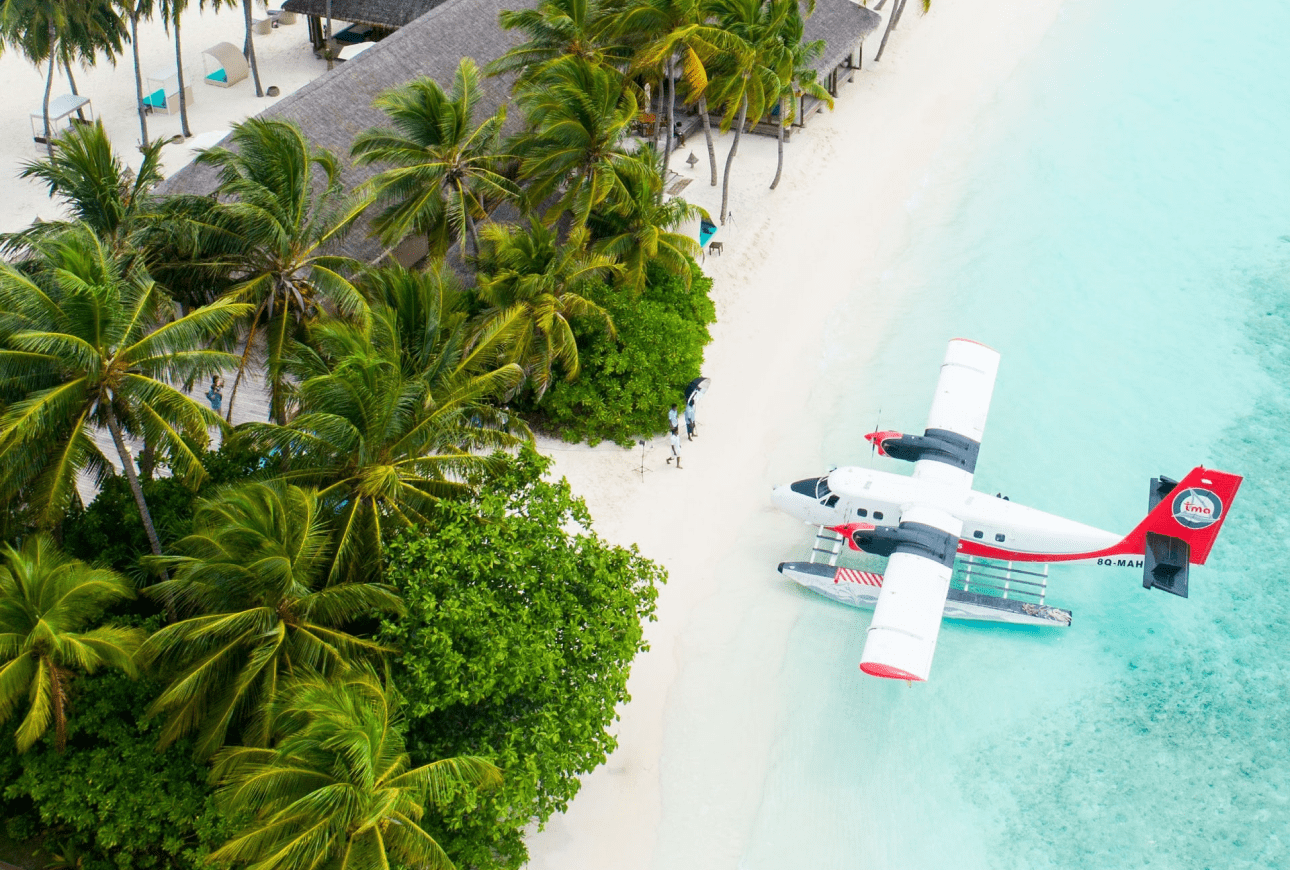
Subscribe to see secret deals prices drop the moment you sign up!